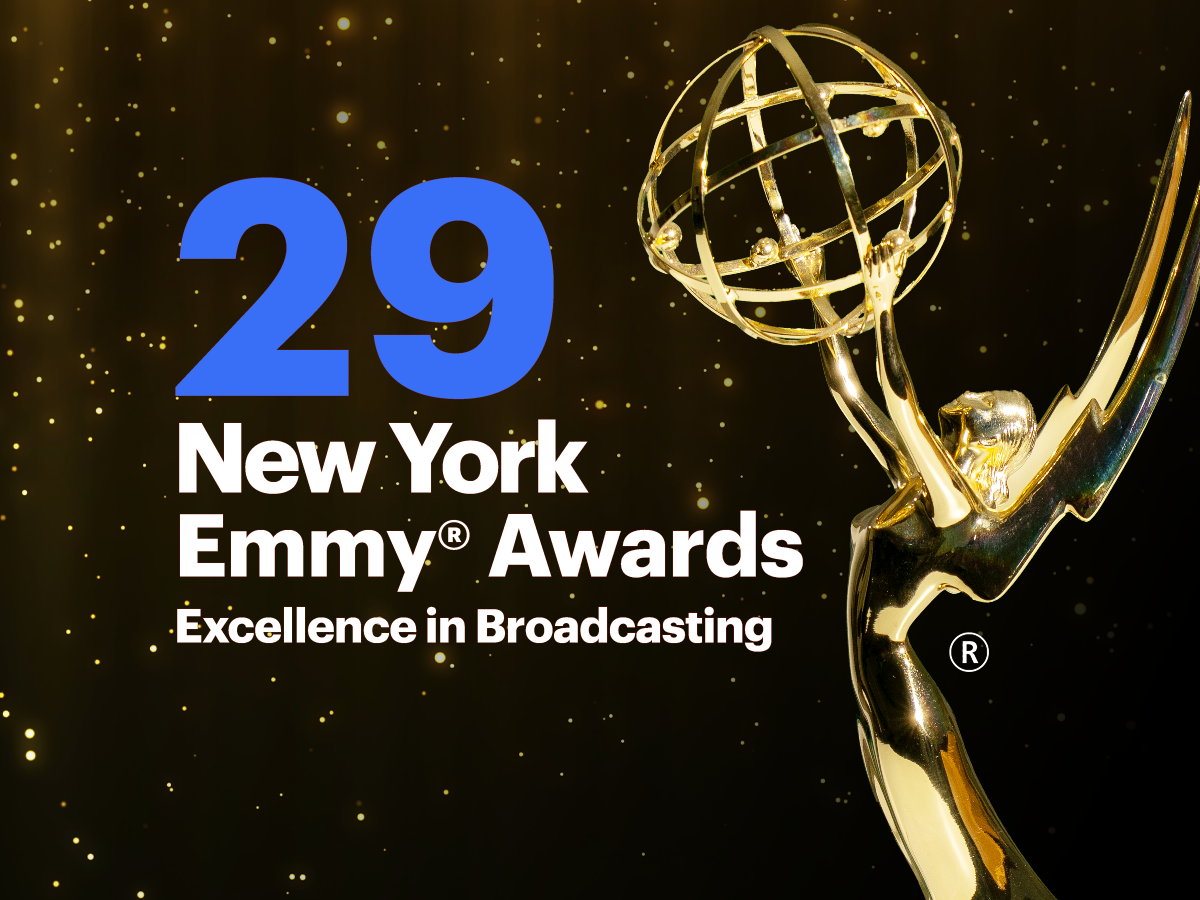What Is The Best TV Resolution? The Science Behind 4K and 8K TVs
By: Vincent Totino
Read Time: 7 min.
June 26, 2025
Are you considering upgrading your TV, but feeling overwhelmed by terms like 4K and 8K? Understanding these technologies and how they affect your viewing experience can help you make the right choice for your home entertainment needs.

Understanding TV Resolutions: 4K and 8K Explained
TV resolution refers to the number of pixels that make up your screen's display. Think of pixels as tiny dots that create the images you see-the more pixels, the sharper and more detailed the picture becomes. Modern TVs have made remarkable strides in resolution technology, leading to increasingly lifelike images that enhance everything from nature documentaries to live sports events.
The Evolution of TV Technology
Television display technology has come a long way from the bulky CRT sets of the past. The journey from standard definition to HD marked a significant leap in picture quality. Now, 4K has become the new standard, with 8K emerging as the next frontier in visual technology. This progression has brought improvements not just in resolution, but also in contrast ratios, color accuracy, and overall viewing experience.
4K TV: What It Offers
Resolution and Image Quality
4K TVs feature a resolution of 3840x2160 pixels-four times the detail of traditional 1080p HD. This increased pixel density creates remarkably sharp images with incredible detail. When you watch content on a 4K TV, you'll notice enhanced clarity in everything from subtle textures to broad landscapes.
Content Availability and Compatibility
One of 4K's biggest advantages is the wide availability of compatible content. Major streaming platforms like Netflix, Amazon Prime Video, and Disney+ offer extensive 4K libraries. Modern gaming consoles, including the PS5 and Xbox Series X, are designed to take full advantage of 4K resolution, delivering stunning gaming experiences with smooth frame rates and exceptional detail.
Pros and Cons
4K technology offers an excellent balance of quality and practicality. The widespread availability of content, reasonable pricing, and noticeable quality improvement make it an attractive choice. You'll need adequate Internet bandwidth to stream 4K content, however, and the quality improvement may be less noticeable on smaller screens or from greater viewing distances. Lucky for you, Optimum has 8-gig fiber Internet and Wi-Fi 6E technology to ensure you get the most out of your 4K viewing experience.
8K TV: The Next Level
Resolution and Image Quality
8K resolution delivers a stunning 7680x4320 pixels-four times the detail of 4K and sixteen times that of 1080p HD. This ultra-high resolution creates images so sharp that individual pixels become virtually indistinguishable, even on larger screens.
Current Market and Content Challenges
While 8K TV prices continue to decrease, content availability remains limited. Most streaming services haven't yet embraced 8K although the technology's advanced upscaling capabilities can enhance lower-resolution content. The real benefits of 8K become most apparent on larger screens and at closer viewing distances.
Pros and Cons
8K technology represents the cutting edge of TV resolution, offering unprecedented detail and future-proofing for coming developments, however, the current limited content availability and higher price point may make it a less practical choice for many viewers.
Comparing 4K and 8K TVs: Visual Differences
Cost and Market Availability
4K TVs have become increasingly affordable and widely available, with numerous options across different price points. 8K TVs, while more expensive, are gradually becoming more accessible as the technology matures and competition increases.
Future-Proofing Considerations
When investing in a new TV, consider how long you plan to keep it and how TV technology might evolve. While 4K offers excellent quality for today's content, 8K provides additional headroom for future developments in video content and gaming.
Choosing the Right Resolution for Your Needs
Viewing Distance and Screen Size
Your optimal resolution depends significantly on your viewing setup. For typical living rooms, 4K resolution provides excellent picture quality at normal viewing distances. 8K benefits become more noticeable with larger screens (65 inches and above) and closer viewing distances.
Content Preferences
Consider your viewing habits when choosing between 4K and 8K. If you primarily watch streaming content and play current-generation games, 4K offers an excellent experience. For cutting-edge gaming and future-proofing, 8K might be worth considering.
Budget Considerations
While both technologies offer impressive picture quality, 4K typically provides better value for most viewers. Consider whether the additional investment in 8K aligns with your entertainment needs and budget.
Finding the Perfect Fit for Your Entertainment
Choosing between 4K and 8K depends on your specific needs, viewing environment, and budget. For most viewers, 4K offers an excellent balance of quality, content availability, and value. If you're interested in future-proofing your entertainment setup and have the budget for it, 8K represents the pinnacle of current TV technology.
Are you getting everything you need from your home Internet? Explore all of Optimum's Internet plans and take a speed test to see if you have the speed you need to support your 4K or 8K viewing experience.
FAQs
What’s the main difference between 4K and 8K resolution?
The main difference between 4K and 8K resolution is the number of pixels on the screen. 4K has a resolution of 3840x2160, while 8K has a resolution of 7680x4320. This means that 8K displays have four times as many pixels as 4K displays, resulting in a sharper and more detailed image.
How important is viewing distance when choosing between 4K and 8K?
Viewing distance is important when choosing between 4K and 8K, as the resolution difference becomes more noticeable at closer distances. If you have a particularly large screen or sit close to your TV, 8K may provide a better viewing experience. For standard viewing distances and screen sizes, however, the difference between 4K and 8K may not be as significant. It's important to consider your own personal viewing habits when making this decision.
Is there enough 4K content available to justify upgrading?
As 4K content becomes more popular and widely accessible, streaming services and cable providers now offer a growing range of 4K options. On the other hand, 8K content is still in its early stages, with limited availability. If having access to the highest-quality, cutting-edge content is a priority for you, upgrading to an 8K TV could be a good option, however, it's worth considering the current lack of 8K content before making your decision. Whatever choice you make should ensure that the investment aligns with your viewing needs and future expectations.
Will 8K become the new standard soon?
While 8K technology is rapidly advancing, it's difficult to predict when it will become the new standard. Currently, 4K displays are still the most commonly used and affordable option for consumers. It may take some time for 8K displays to become more widely available and affordable for everyday use. As technology continues to advance, however, it's possible that 8K could eventually replace 4K as the new standard.
Do I need special HDMI cables for 4K or 8K?
Yes, you will need special HDMI cables for both 4K and 8K displays. These cables are specifically designed to handle the higher bandwidth required for these resolutions. It's important to make sure you have the correct HDMI cable for your TV in order to ensure optimal performance and picture quality. Additionally, newer versions of HDMI (such as HDMI 2.1) may be needed for certain features like variable refresh rates or enhanced audio formats.





